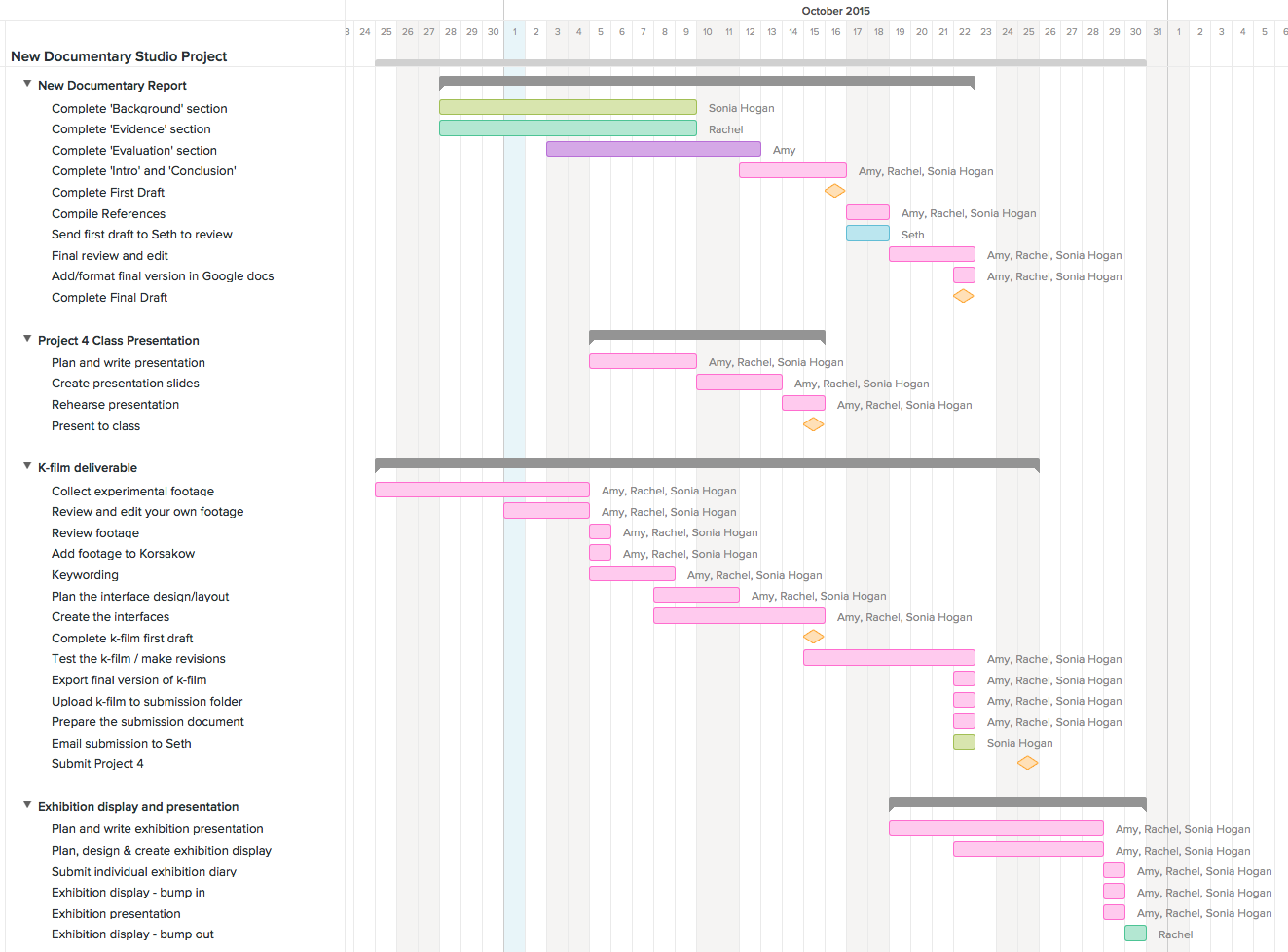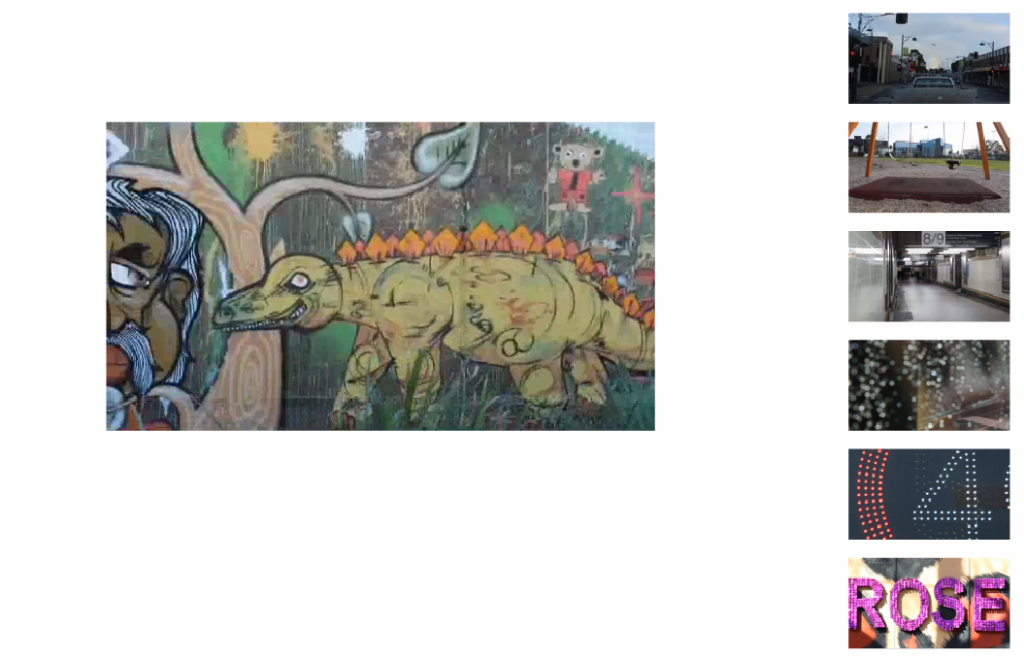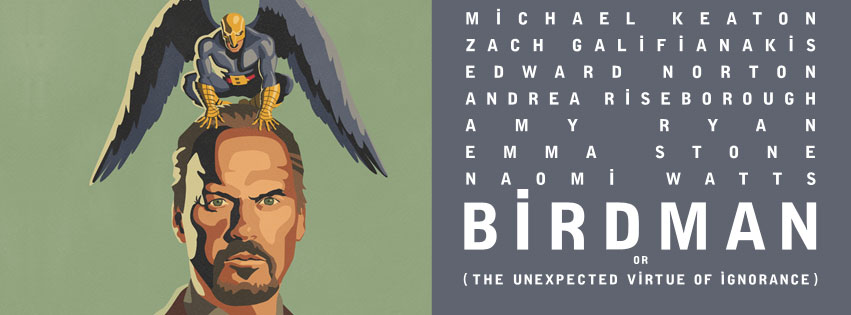Films are made in particular countries, by directors of particular nationalities, and featuring the language, costumes, mythologies, and other cultural identifiers of their peoples, and these elements usually define the work purely as one of that nation.
There can be no doubt, however, that creative works are influenced by, and influence, other creative works. A creator cannot switch off all of the things that they have seen, heard, read, etc. when creating something themselves. Whether deliberately or unconsciously, a creator’s work will reference those influences.
So if a creator is influenced by a culture other than their own, what does this mean for their work and its place within their national cinema?
Let us consider Akira Kurosawa’s 1961 film Yojimbo. It is a Japanese language film, made in Japan, with thematic and cultural references that are rooted in Japanese culture. It would be easy to say that it is a Japanese film and leave it at that.
Yojimbo is a good example of a work that is not just a Japanese film made for a Japanese audience. In fact, Desser claims that Japanese filmmakers of the post war period “embarked on a campaign of filmmaking for Western consumption” (2003, p. 181).
Despite being classified as a jidai-geki (period film), there are numerous examples of the Western genre’s influence within the film, including (but not limited to):
- The mise en scène evokes the deserted, wind-swept towns of the wild west,
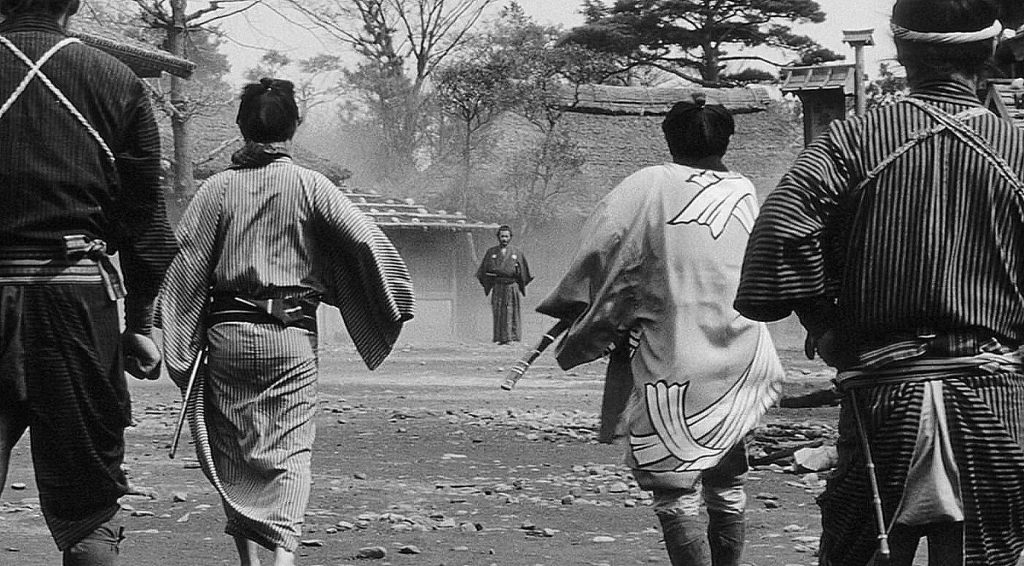
- The protagonist, Sanjuro, acts as the lone “gun for hire” (Desser 1992, p. 156), and
- A final showdown or “duel” between the protagonist and the antagonist, ending with the demise of the antagonist.
Of particular note is the antagonist’s use of a gun, when everyone else fights with the traditional weaponry of the period. The gun could be seen as a motif of the influence of the West seeping into what was a very traditional, closed society. It could also be considered an unashamed nod to the Western genre itself!
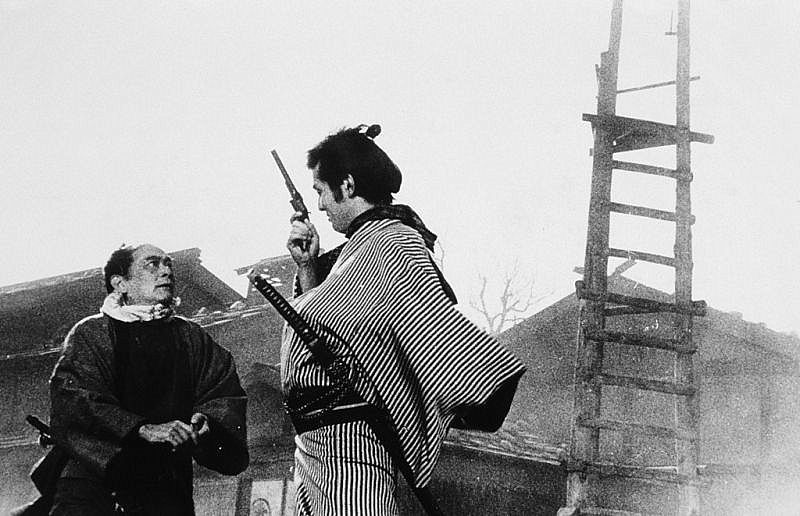
(The fact that the film went on to influence an almost direct remake in Italian director Sergio Leone’s spaghetti western Per un pugno di dollari (aka A Fistful of Dollars, 1964) shows just how obvious its link to the Western genre is!)
The Western is not the only influence at play here, however. Desser notes that Yojimbo, “has much in common with American gangster films, … strongly reminiscent in plot and setting of Dashiell Hammett’s “hard-boiled” novel Red Harvest” (1992, p.156), a work based in the noir genre. This is exemplified in the narrative: in a town inflicted by gambling and other vices, Sanjuro must deal with not one but two groups of violent gangsters.
Yojimbo is a Japanese film that is influenced and inspired by two very American genres. So, can it sit solely within the Japanese national cinema? And if not, then where?
This is a concept I’d like to explore further as we move through the semester. Please share your thoughts in the comments below.
References:
Desser, D. (1992), ‘Toward a Structural Analysis of the Postwar Samurai Film’ in Reframing Japanese Cinema. Noletti & Desser (eds.). Indiana University Press, Bloomington & Indianapolis. 1992, pp. 145-164.
Desser, D. (2003) ‘Consuming Asia: Chinese and Japanese popular culture and the American imaginary’ in Multiple Modernities: cinemas and popular media in transcultural East Asia. Kwok Wah Lau (ed.). Temple University Press. 2003, pp. 179-199.
Comments on other students’ blogs:
- mediafactory.org.au/samuel-harris/2017/07/26/asian-cinemas-page/
- asianconfusion.wordpress.com/2017/08/05/first-blog-post/
